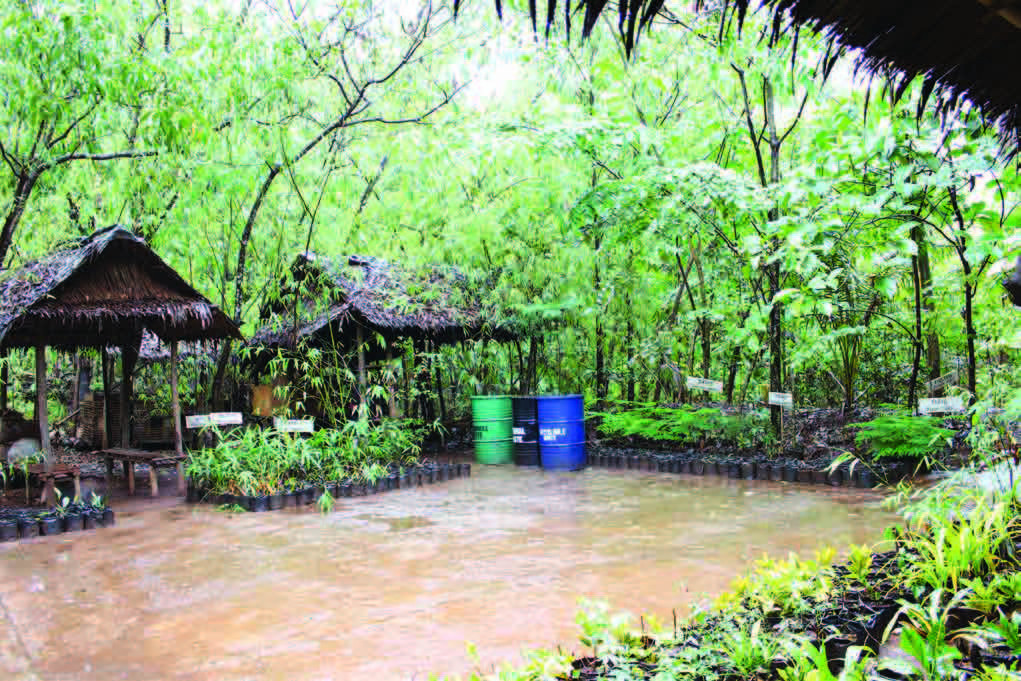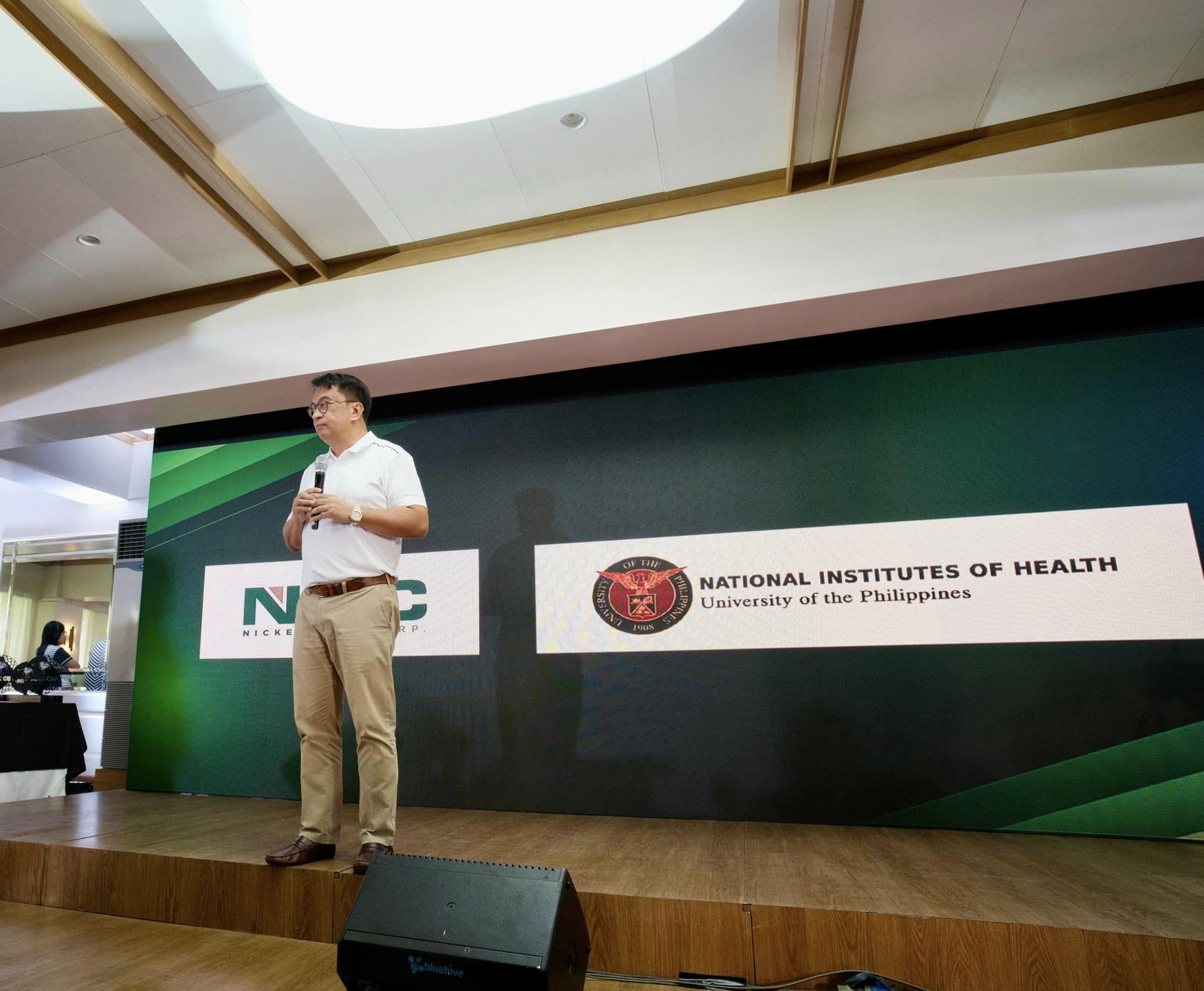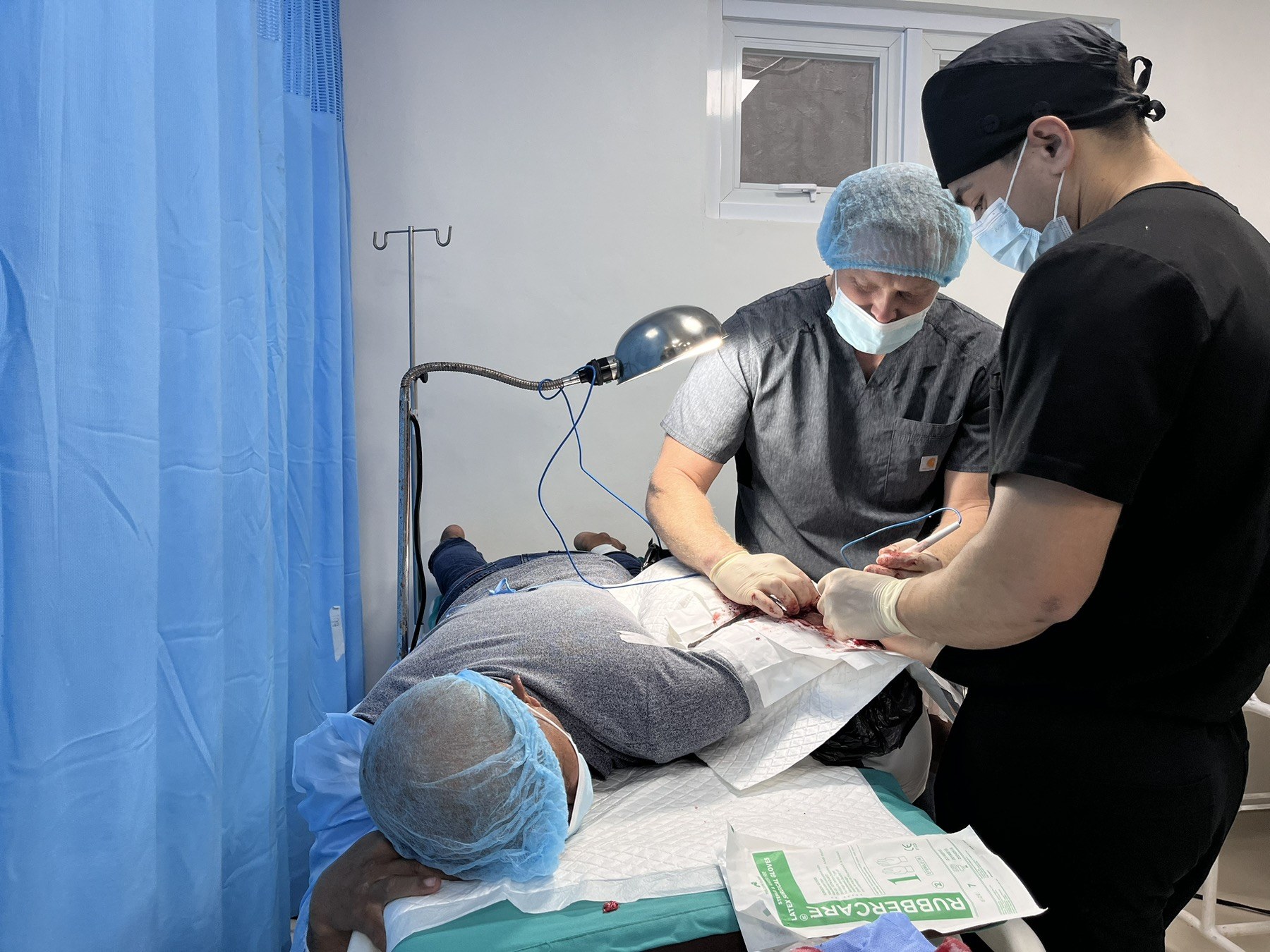A MINED-OUT area, or even a decommissioned tailings dam, can still become a productive food-production area.

A MINED-OUT area, or even a decommissioned tailings dam, can still become a productive food-production area.
This was according to officials of the Coral Bay Nickel Corp. (CBNC) and Rio Tuba Nickel Mining Corp. (RTNMC) that recently showcased the success of their ongoing rehabilitation programs in Barangay Rio Tuba in the town of Bataraza, Palawan.
The two companies organized a tour last week to give members of the media a glimpse of how the companies operate, including how their various Social Development Management Program (SDMP) and corporate social responsibility projects are being implemented within and outside their host communities.
Affiliates of Nickel Area Corp., CBNC and RTNMC also boast of promoting environmental protection programs to minimize the impact of their operations to the communities, aside from implementing a progressive rehabilitation program to bring back vegetation in areas affected by their operation.
Aside from assorted native trees species, CBNC and RTNMC have started to produce fruits, rice, vegetables, high-value crops and herbal plants, providing employment to indigenous peoples by way of reforestation and seedling production.
The CBNC—which operates a nickel-processing plant—said portions of the 90-hectare Tailings Dam 1 decommissioned in 2010 are now planted to 16 species of fruit-bearing trees, as of June 2016.
Some areas have also been converted into a rice paddy, vegetable farm, and mini-plantation of Cavendish bananas, coconuts, and dragon fruits and a small flower farm.
Briccio T. Abela, manager of CBNC’s Environmental Management and Quality Control Section, said as part of the rehabilitation of its decommissioned TD1, they re-introduced grasses and shrubs to cover the top soil during the first year of rehabilitation to bring back soil nutrients lost during the processing of nickel.
The succeeding year, several trees and crops were planted to test whether the soil’s productivity has been restored.
“The nutrient of the soil is practically zero. We need to introduce a system where organic matter can be returned to the soil. That is the purpose of reintroducing grass in the area before we started to plant trees,” he said.
Birds, bees, butterflies, bats, lizards including monitor lizards commonly called bayawak and a number of native bird species have started to settle in the small forest plantation as a result of the rehabilitation effort.
So far, over 35,000 trees have been planted in CBNC’s TD1, including agoho, amugis, balayong, bangkal, dildil, batino,gmelina, ipil, ipil-ipil, iron wood, kakawate, mahogany, malugai, manggis, narra, odling, palamorya and tongkat-ali.
The area is now also planted to high-value crops like Cavendish bananas and dragon fruits, and over 1,400 other fruit-bearing trees like avocado, guava, binai, cacao, cashew, duhat, duringan, guyabano, kalamansi, kamansi, langka, jackfruit, mangoes, marang, rambutan and star apple. Aratilis trees are also thriving in the rehabilitated TD1.
Portions of the TD1 are now also planted to assorted vegetables, herbal plants and ornamental plants.
The rehabilitation project is now providing livelihood to more than 100 indigenous peoples (IPs) and indigents from CBNC’s host communities.
The TD1 was used to store dried silt from neutralized slurry from 2005 to 2010. It was subsequently decommissioned after reaching its filled capacity of 678 million dried metric tons (DMT) of mine wastes in 2010. The following year, the rehabilitation started section by section.
Bibano P. Ranes, a consultant on mine rehabilitation of RTNMC, said the company implements an integrated rehabilitation approach.
He said site-preparation costs in the mined-out area alone costs the company around P1 million per hectare.
The rehabilitation involves soil amelioration to improve the soil’s fertility, the use of large planting materials and use of assorted native tree species.
Ranes said they also implement an agro-aqua-forestry farming system in the area.
A forester by training, Ranes said the top soil was removed before extraction of nickel ores. The soils were returned to the mined-out area as part of the land preparation before implementing agro-fishery-forestry activities.
“We used large planting materials for high survival rate and native species for biodiversity conservation,” he said.
The trees, high-value crops and vegetables grown were organically grown and have been tested to be safe for human consumption by an accredited research laboratory.
“We also started to raise tilapia, ducks and pigs in the area,” he said.



